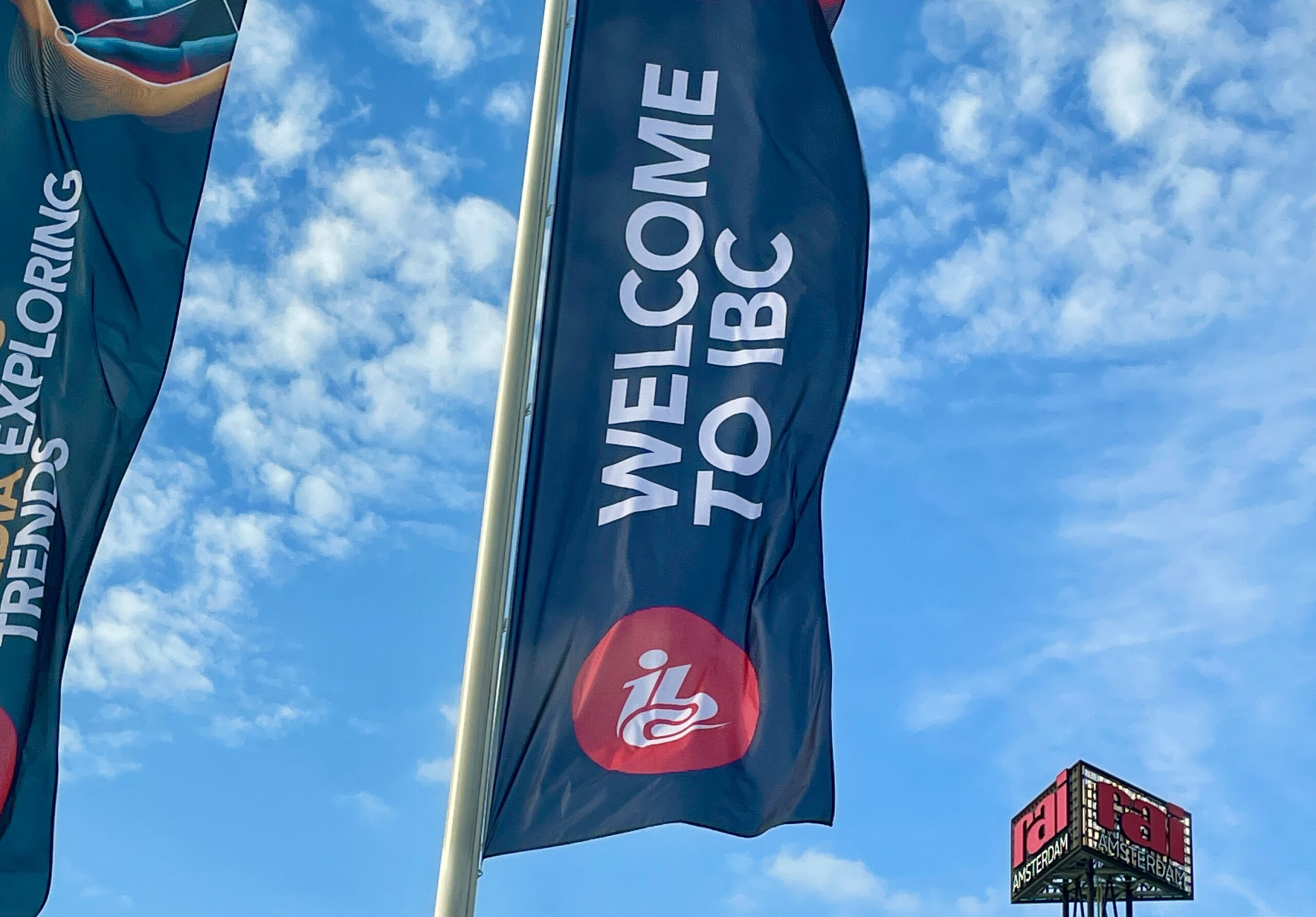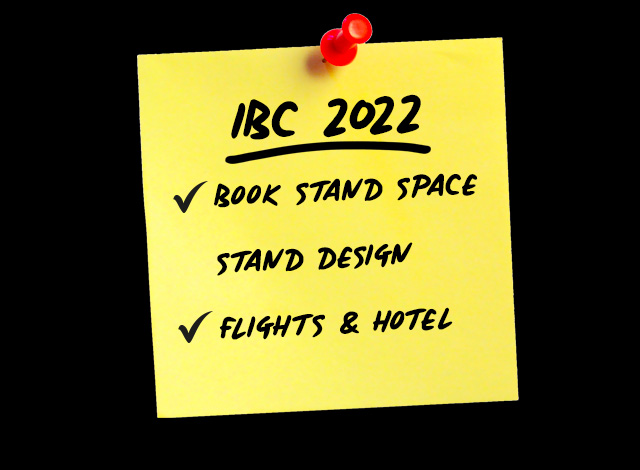
Reasons to be cheerful post-IBC…
We’ve been mulling over our experiences at IBC last week and digesting some of the excellent reports and engaging sessions from the likes of Caretta Research, the IABM, and the IBC conference. It’s not Halloween yet, but they certainly made for chilling reading. There were 3 rather depressing major standouts for us, but it’s never all doom and gloom at Blue Lucy Towers…
- Tech needs to either make money or save money.
This is of course a universal truth, but it was a big theme at the show. Large scale multi-year broadcast infrastructure projects are as good as dead. Broadcasters’ profits are down, and job cuts are widespread. In this climate every £ and $ spent needs to be justified by rapid, tangible ROI, and projects need to be delivering value as they unfold, not at some point in the distant future. Our recent blog post outlines the Blue Lucy approach to rapidly delivering business value through iterative implementation. This project approach gives feedback at every stage and gives you opportunity to refocus when things change – you can read more here - Planned investment in 2025 is 14% lower than in 2024
In such an uncertain business climate it’s no surprise that spending plans for next year are down. Projects that involve a wholesale replacement of tech will be fewer and further between. That’s why technologies that can integrate with existing, proven workflows and deliver further efficiencies will succeed. Integrate, don’t deprecate! Check out Blue Lucy’s integrations and get in touch to learn more. - It’s content that drives business KPIs for media companies, so tech spend is being squeezed.
This is, frankly, as it should be but against this backdrop it’s little wonder that business confidence levels within the technology supply community are below 2022 levels. Many of the traditionally buoyant tech speciality areas are in decline, so why are we so bullish? Because our business continues to grow. And because Blue Lucy has a toolset that allows media organisations to take a rapid, cost effective and genuinely low risk approach to operational transformation – be it in driving efficiency or exploiting new market opportunities with solutions such as BOLT, our new easy to use content portal.
Want to explore how Blue Lucy can give you reasons to be cheerful in an uncertain business climate? Get in touch to find out more.






